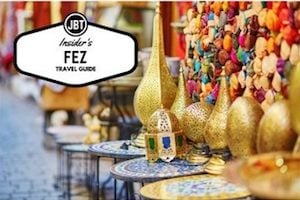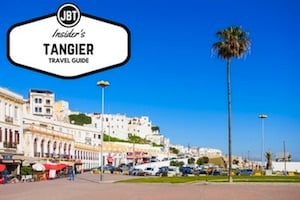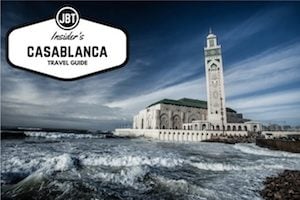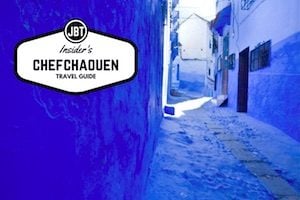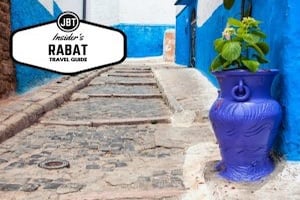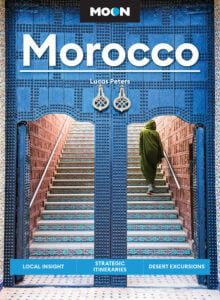The Rif Mountains (Part I):
Near the once prized Spanish enclave of Chefchaouen lies some of Morocco’s best and most hush-hush hiking and trekking in Morocco. Undulating trails pass through gorges, valleys, cedar and fir forests, over hills, mountains and peaks (reminiscent of a children’s rhyme, don’t you think?). Since this surrounding area receives fewer hikers than Mt. Toubkal in the High Atlas or Ait Bougmez, you’ll want to bring your own sleeping bag, mat and tent. If you plan on hiring a guide, bring as many supplies as you like, as mules (when available) will bear the backbreaking burden.
Most hikers choose to hike or trek from the Rif Mountains of Chefchaouen to Bab Taza. This standard hike can take as little as three to more than five days depending on the season and pace. Some trekkers and hikers in Morocco have decided to omit Bab Taza. If you’d like something shorter, you can cut-off the last few days and head northeasterly to Bou Ahmed, where you can get to the Mediterranean. Either hike offers some naturalness and famous birds endemic only to the area.
The trees in the area, for example, are more rare versions of cedar and prior introduced Spanish species. Pine, oak and feral olive trees sprout up near limestone cordillera-like mountains and plateaus. Golden eagles, crows, kites, and ginormous buzzards circle in the refracted thermals above, especially in spring and summer. There are plenty of local inklings to wild animals, wolves and gazelles; consider yourself lucky to espy the former, the penultimate or the latter.
If you must not be bothered with organizing this Morocco hike yourself, then you can contact a Morocco tour company. Most of our tours exploring Morocco offer pick-up options from Casablanca, Tangier, or even Marrakesh. If you choose to venture to Chefchaouen, you’ll trek towards Afesk, a nominal 1200-meter ascent. You’ll catch views of Jebel el Kelaa and end around 1800 meters. There’s an actual camping area with great views on clear days.
From Afeska, you’ll get to head to Akchour and perhaps take a side trek to the bona fide God’s Bridge, where you’ll pass some waterfalls and eroded rock formations. If you go to God’s Bridge, you’ll want to spend the night in Akchour, which has cafes, eateries, some cheap lodging, a campground and a swimming hole. You’ll be hovering at about 1,000 meters. If you skip God’s Bridge, you could theoretically make it to Abou Bnar, where a small side trip takes you to a nice watering spring and Sidi Jil. You can camp here if you like, but you’ll be sleeping at over 1300 meters.
The easiest way out is to backtrack back to Abou Bnar, though there is some 4X4 tracks you can follow that can connect you back to the same route, farther down. From Abou or the track, head toward Talassemtane National Park. If you’re going to see any wild life along this route, your best chances might be here. Apes are said to be abundant and untamed here. You can take a nice jaunt into the Park or head to Bab Taza in one go. If so, you’ll be trekking for about five to eight hours.
With other day hikes and treks around Chefchaouen, you can take it easy or as hard as you like. You can go at it alone, hire a Morocco tour company, or simply meander about on a less-trodden pass. It’s best to have some things lined up, however, as the area is as expansive as the weather is unpredictable. The trees covered in oranges will keep you wondering how on earth such a cold place (fall-winter season) can support citrus. There are plenty of hillsides and mountains, and it’s best to allow extra days just in case the weather turns for the worst. Come to Chefchaouen and see a hidden Moroccan gem, surely to be thronged to obese proportions as Morocco tourism increases three-fold year after year. Outdoor activities are becoming famous and popular year after year.

